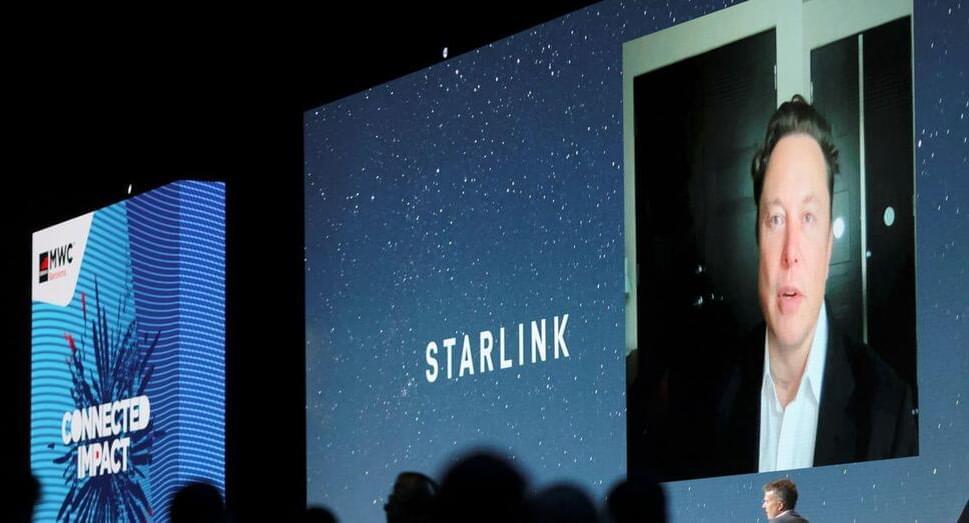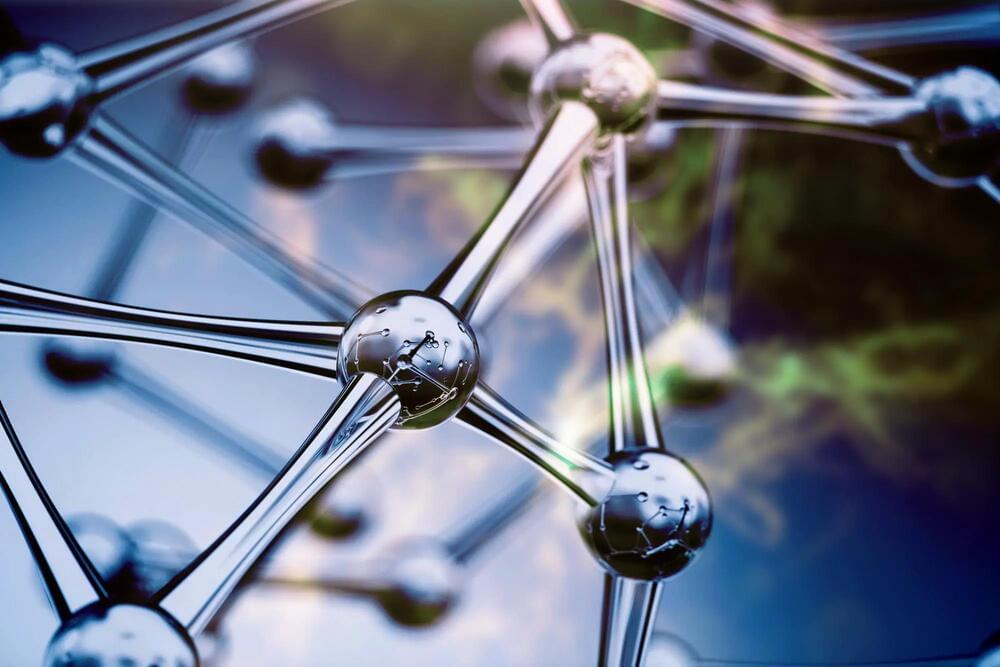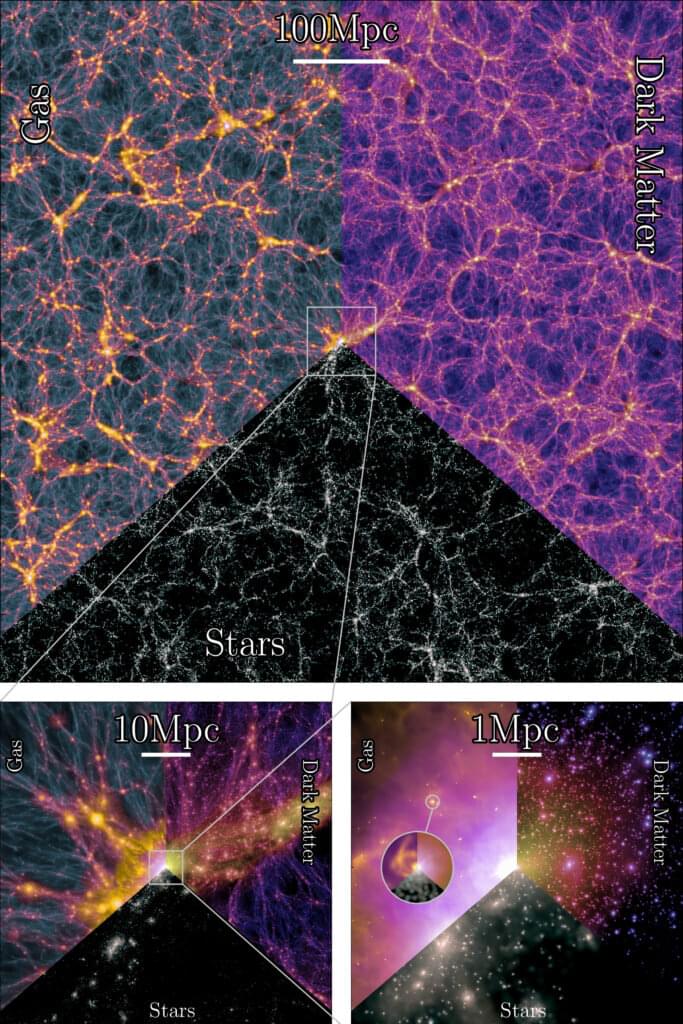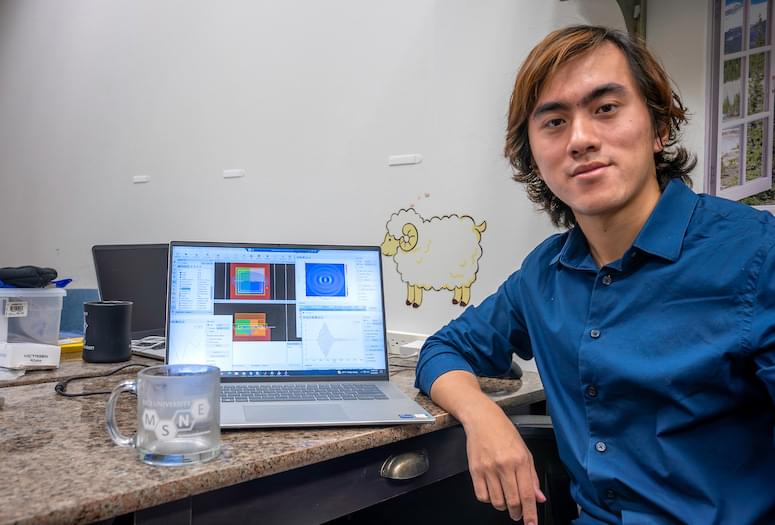Microscopic cracks vanish in experiments, revealing possibility of self-healing machines.
In a groundbreaking discovery, scientists have for the first time observed metal spontaneously healing its microscopic cracks, upending traditional material theories. This observation could lead to self-healing machines, significantly enhancing their safety and lifespan. The phenomenon, confirming a theory proposed in 2013, may pave the way for an engineering revolution, though further research is necessary to fully understand its practical applicability.
Discovery of Self-healing Metal Phenomenon.








